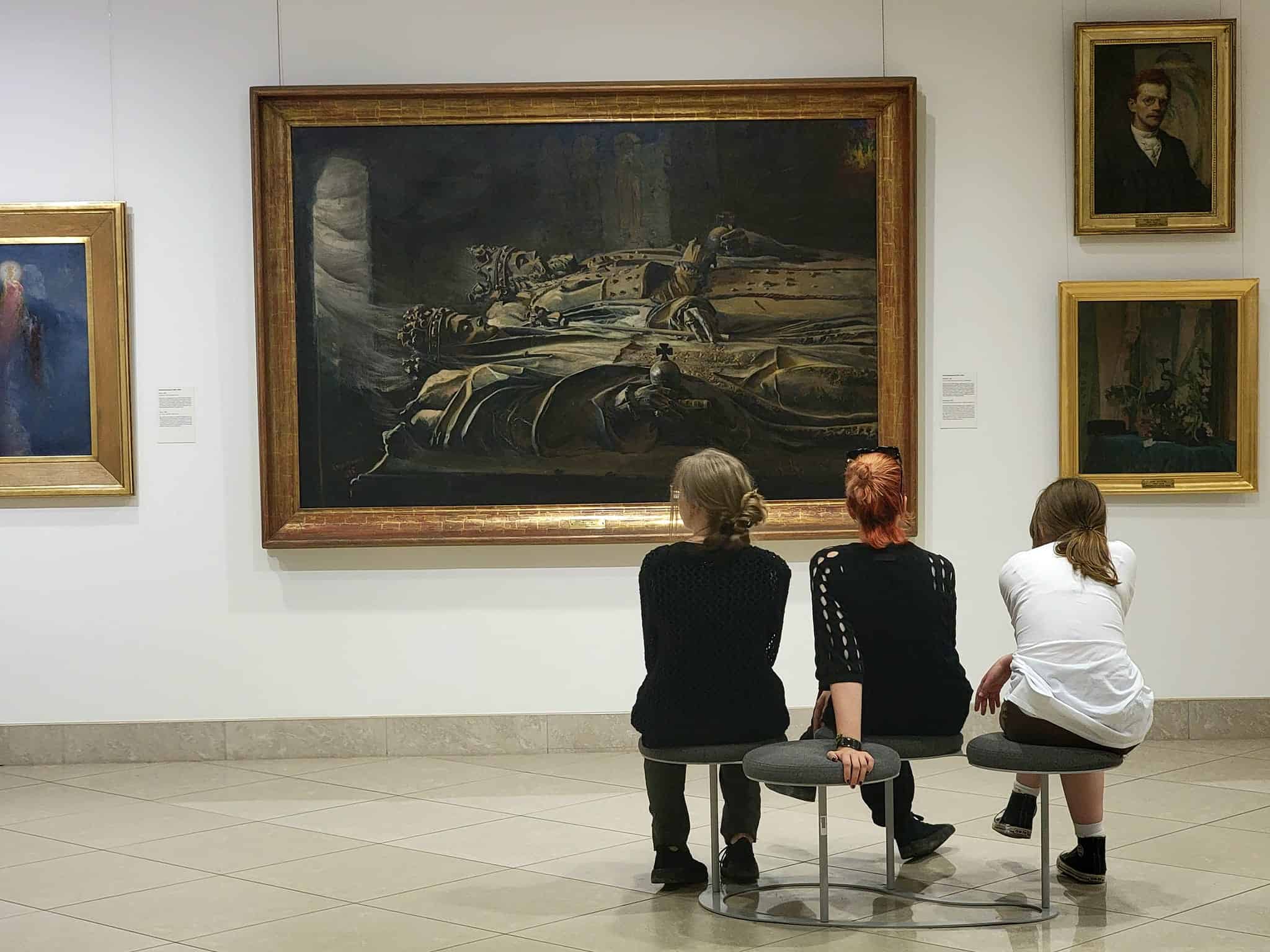An unexpected encounter before heading to the National Museum in Poznan
As I was waiting for a cab to the National Museum in Poznan, I ended up chatting with a woman who asked where I was going. When I told her, she looked pleasantly surprised and nodded slowly. “Good. It is important to go there to understand the soul of Poland. You will see many Polish artists there on the first two floors, and much of the paintings will be about war.”
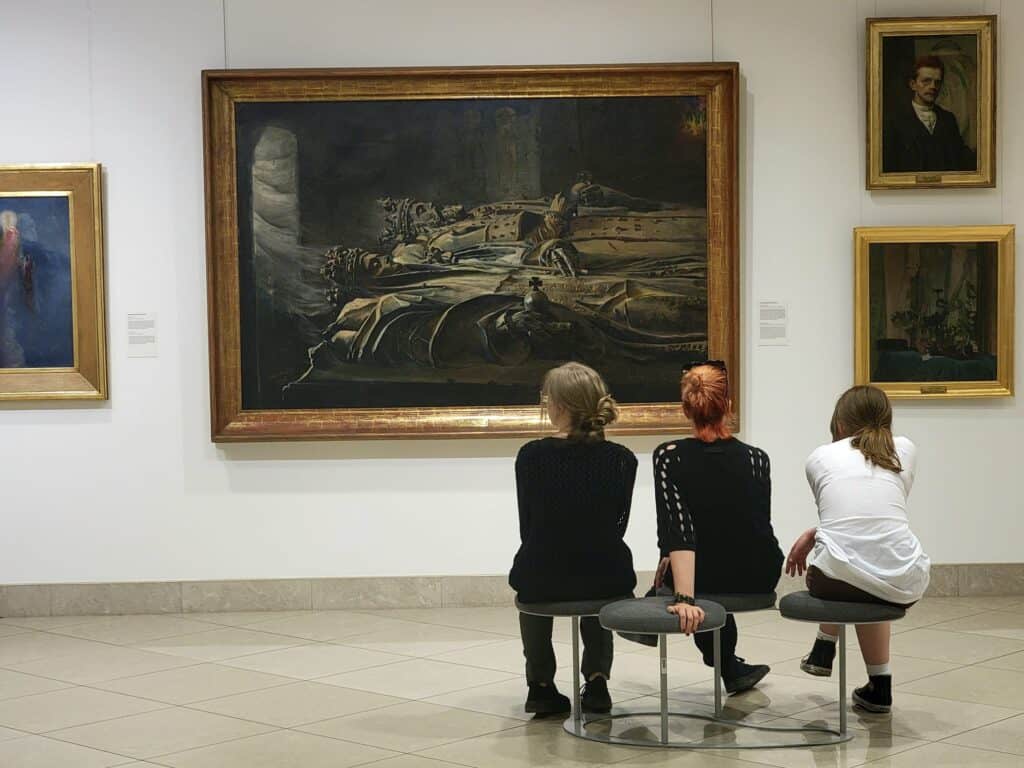
Poland’s History of War
A conversation ensued which involved how Poland’s borders have changed radically over the centuries, and how the country had been in an almost constant state of flux and torn by the ravages of war. “Polish women are very important in our culture because of all these wars,” she said. “There were no men left. Either they were soldiers, or they were killed, or they were in hiding in the forest. Women did everything. Sometimes they were the only connection between father and children because fathers were hiding and the women had to bring food and water. Women kept everything together. This is why so many churches here are dedicated to Mary.”

I was rapt immediately, and I started hoping my cab would take a long time.
She laughed, “People say, ‘Why Polish women are so strong-willed, and so hard and stubborn?’ We *had* to be, and so we did.”
World War II and the Soviet years still hang in the air here, not yet passed into distant history. “Think about this, we are here between Germany and Russia,” she held out her hands – one on one side, and one on the other. “We have to be strong.” I told her I couldn’t imagine what that was like, and how it has so deeply affected their culture and thinking.
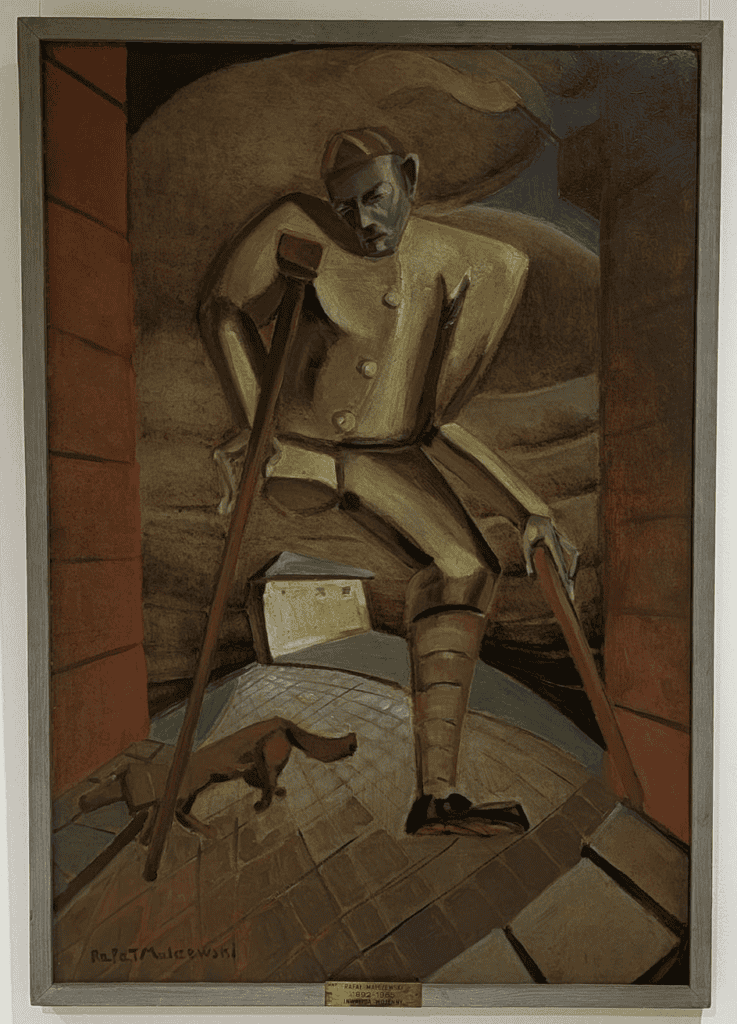
“The Germans could be bribed in the war,” she said, “by jewelry, or by food, or if nothing else worked, by your beauty. But the Russians…” she made a visible shudder. “The Russians, no. They were just cruel. No mercy.”
“Like in Ukraine,” I said. and she nodded, “Yes, just as today.”
She told me about how her family had been forced to house two Nazi SS officers in their farm house near Poznań, and that they were already hiding a Jewish family there. I asked what had happened, almost dreading the answer. But her family somehow managed to keep them hidden for TWO YEARS before the war ended and the officers fled. “They lived!” she said, proudly. “And they moved to Israel, and they have planted a tree for my family. It is beautiful. You should always help people if you can help them.”
“But my grandfather and my uncle, they were taken to Auschwitz,” she went on. “They were not Jewish, they were lawyers. But for the Nazis they did not only take Jews, they took anyone who could think.”
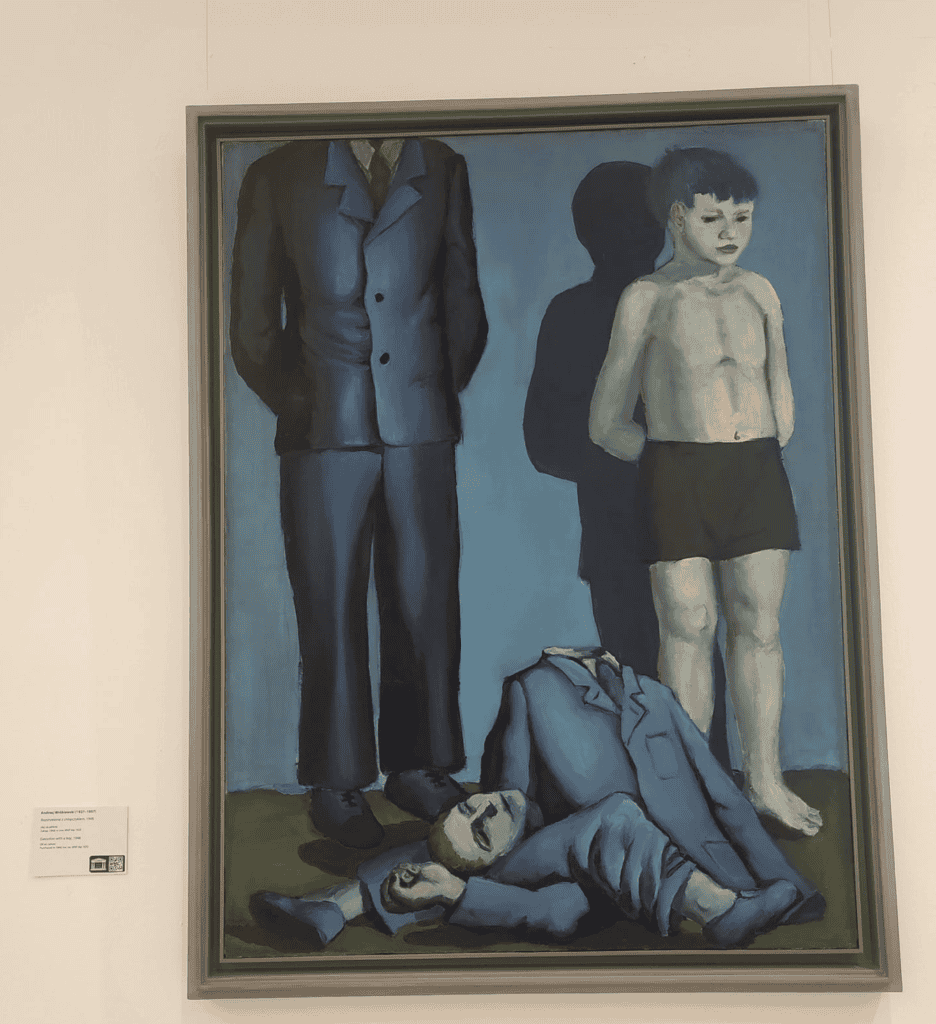
A Story Over Too Soon
And to my heartbreak, my cab pulled up, and we went our separate ways. She told me to enjoy the museum, and I thanked her for the conversation. I sat in the cab trying to absorb it all and spent the whole ride to the museum typing into my phone everything I could remember, and exactly what she said.
Through this lens and this meeting, I saw every painting in the Polish galleries in a new way. Not only the paintings of war and pain and grief, but almost every painting was dark. No Gauguin tropical colors, no Monet muted pastels. All shadows and night and deep pigments – from landscapes, to portraits, to abstract – weighted with sadness. Some of the paintings required a full 15 or 20 seconds before your eyes adjusted and you could see through the inkiness and the scene revealed itself.
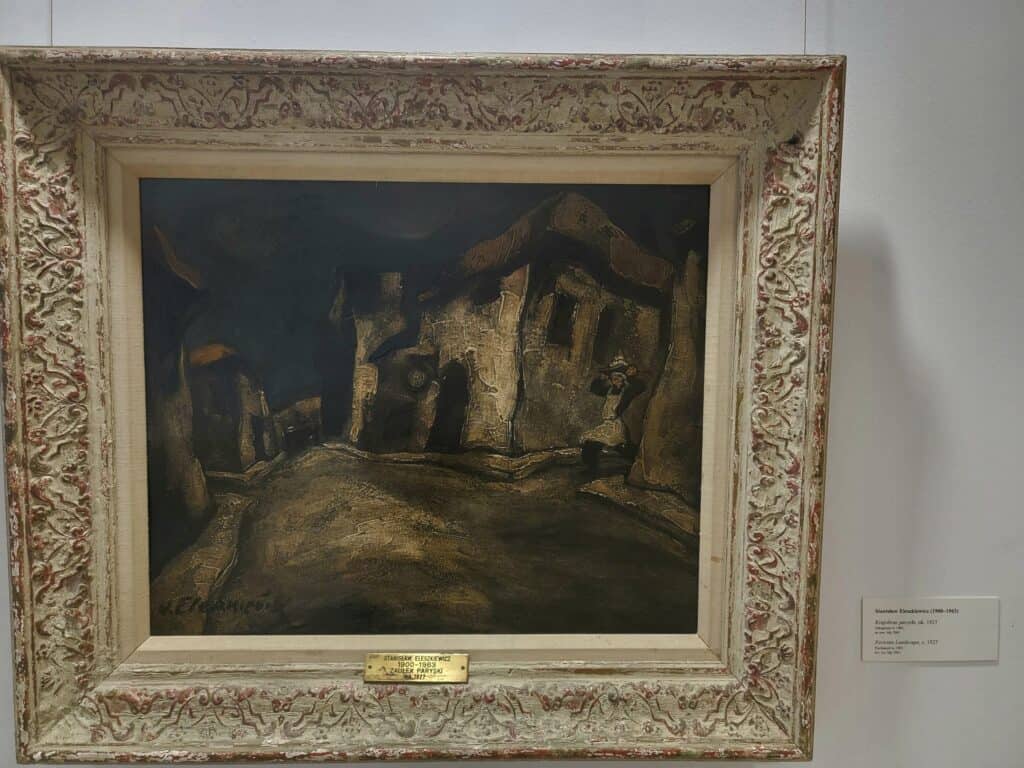
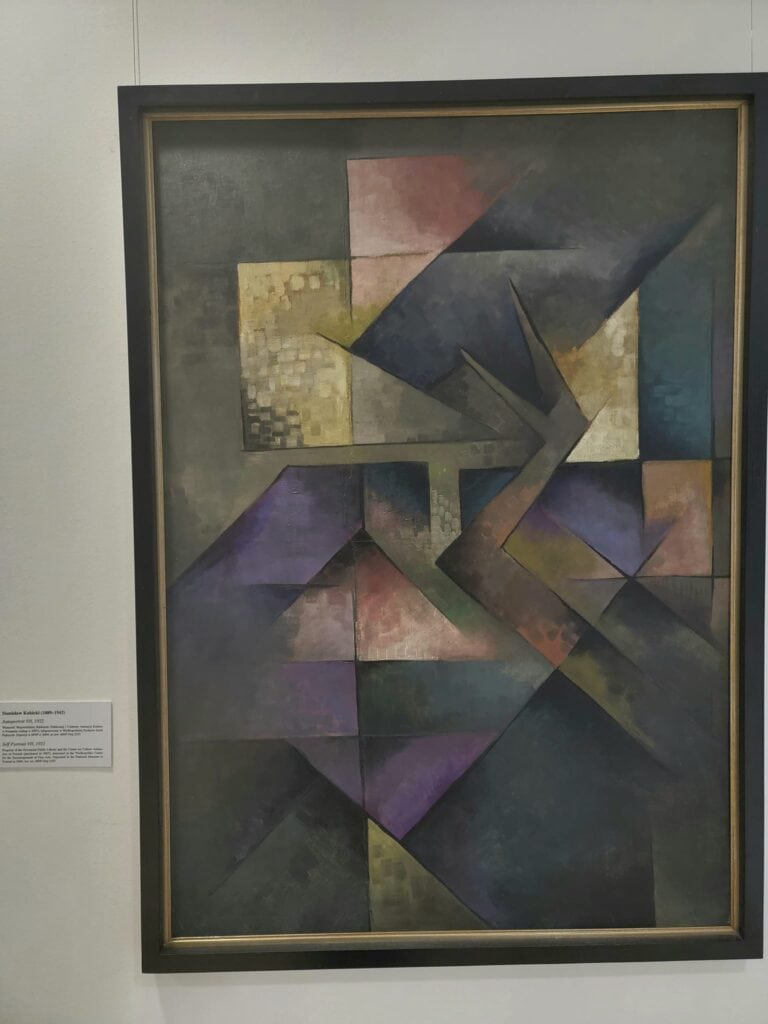
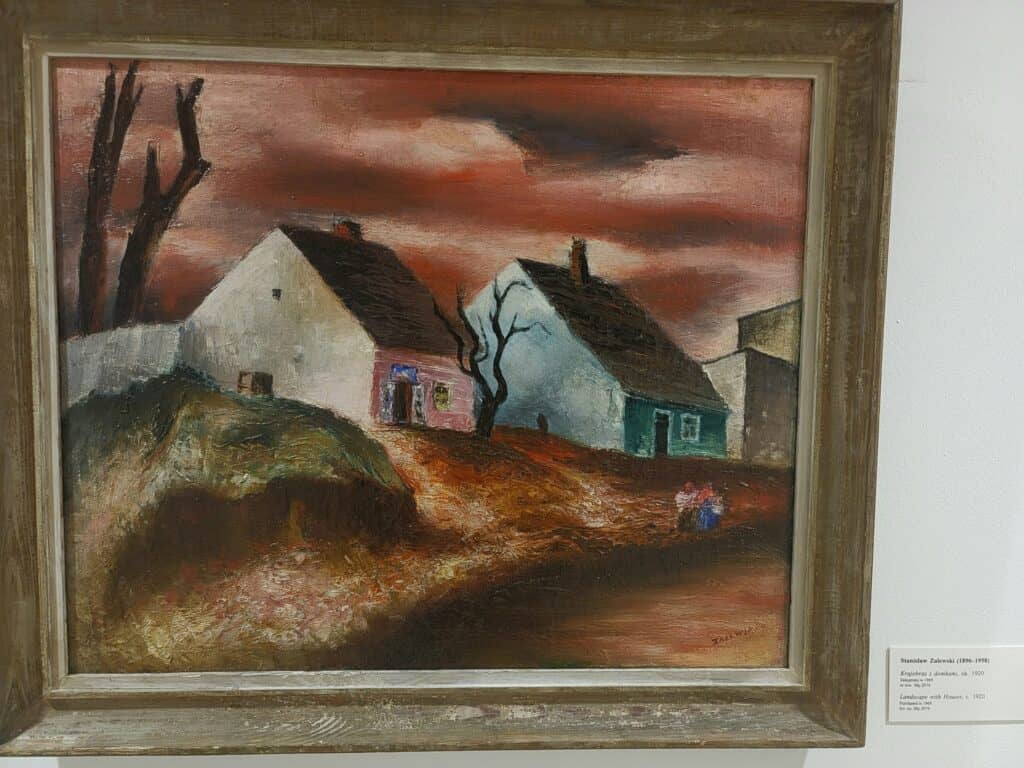
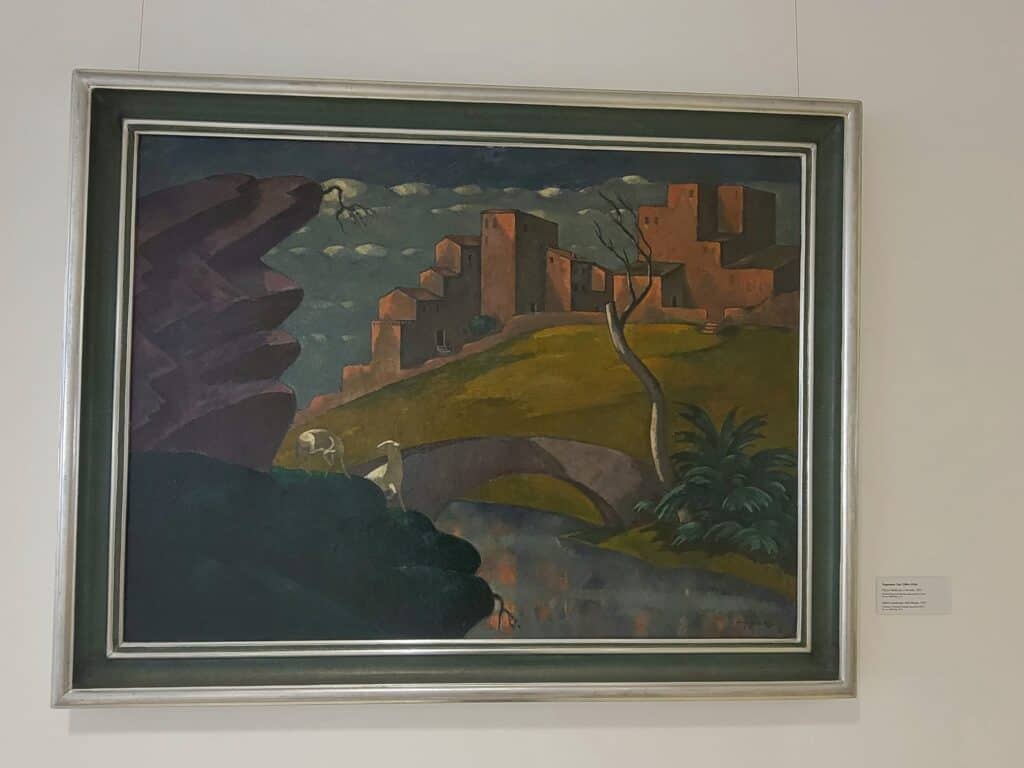
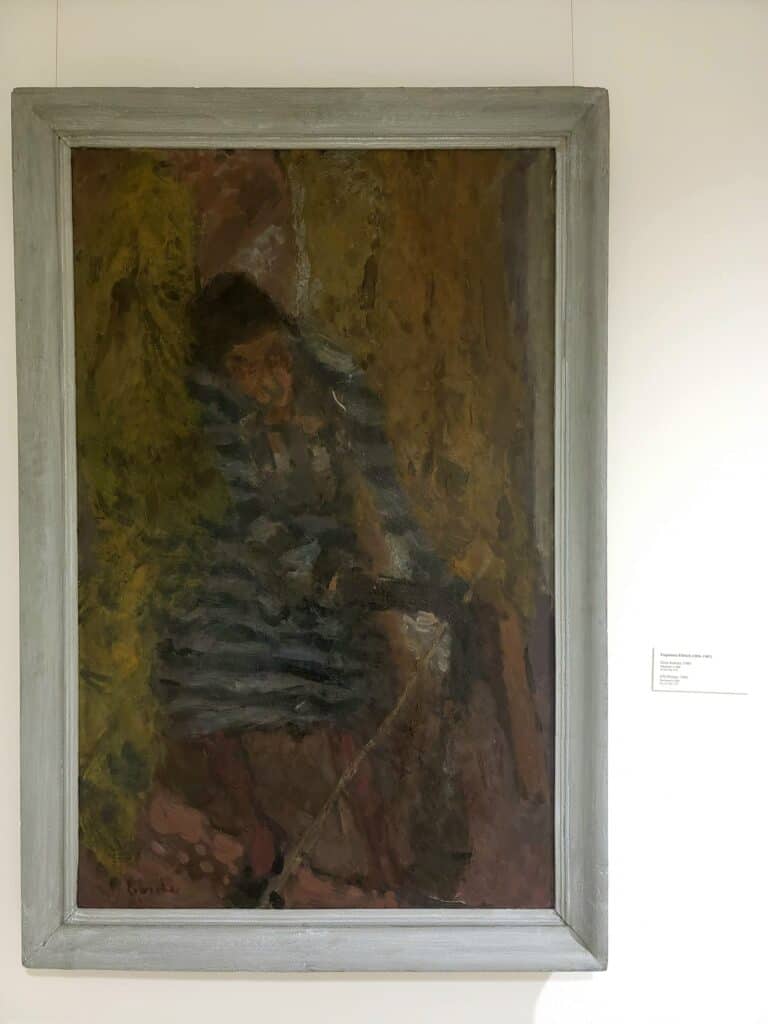
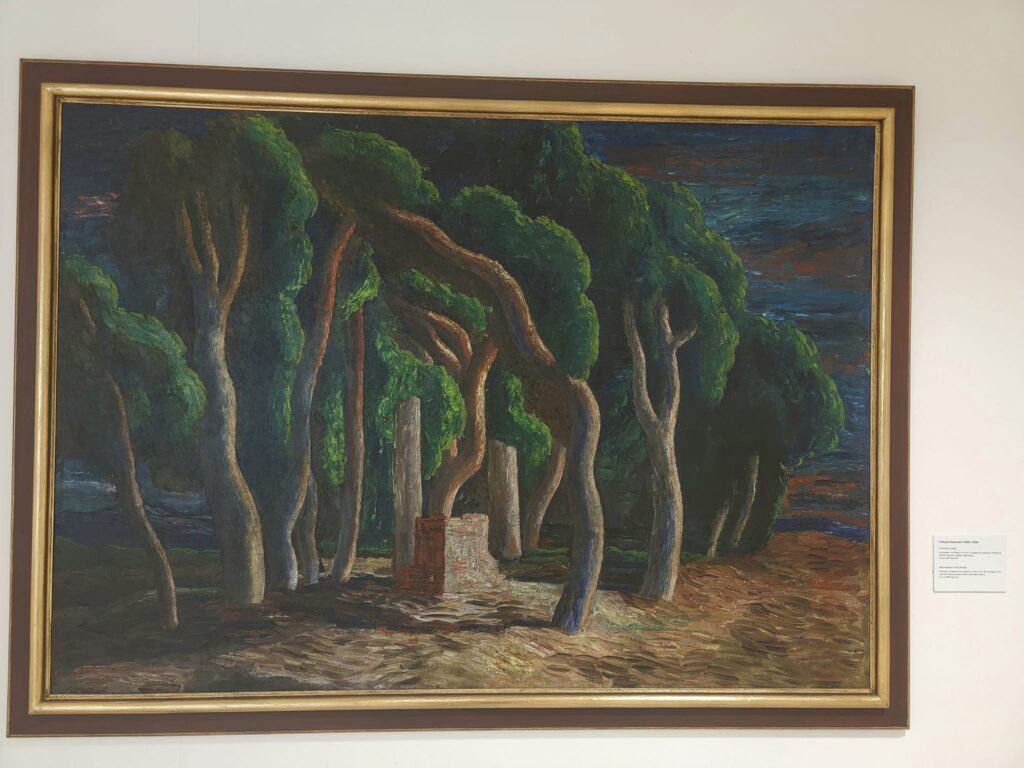
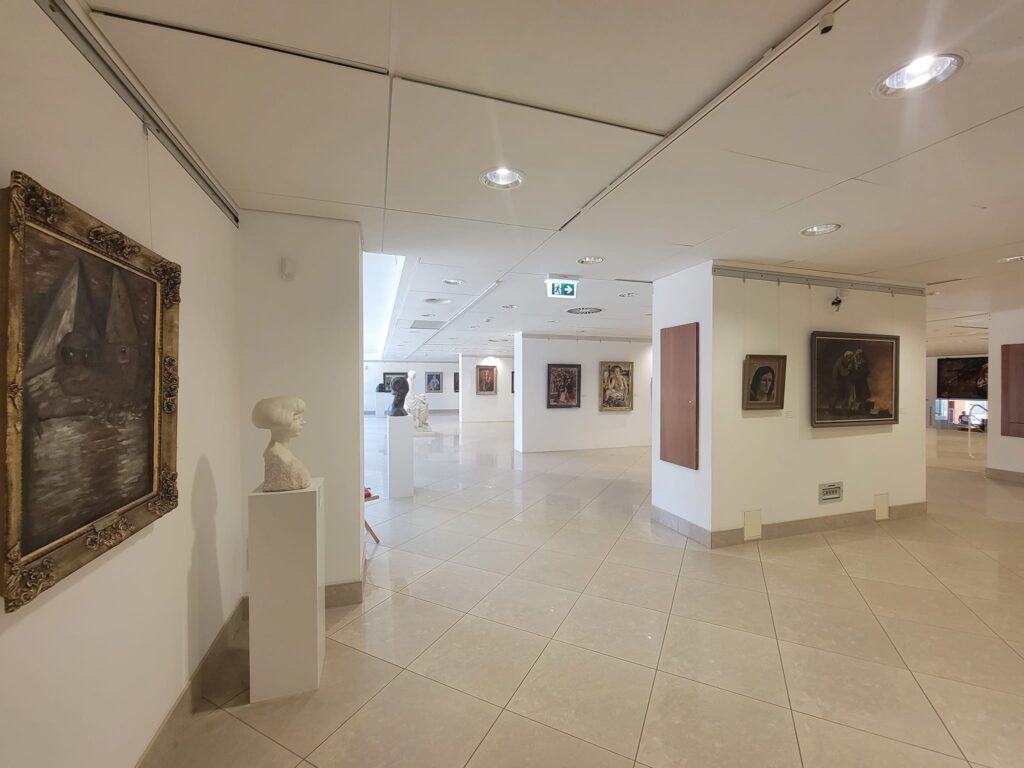
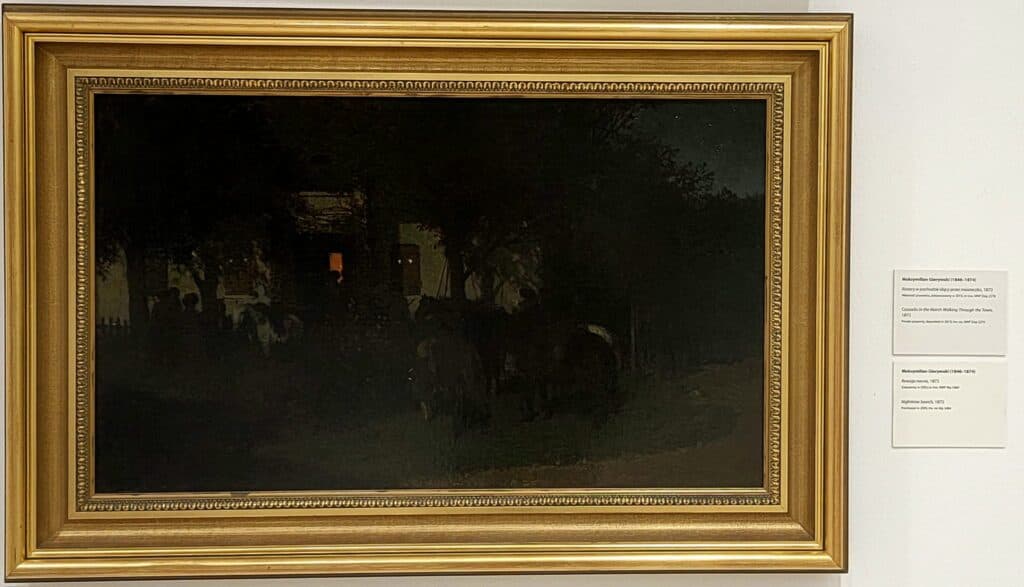
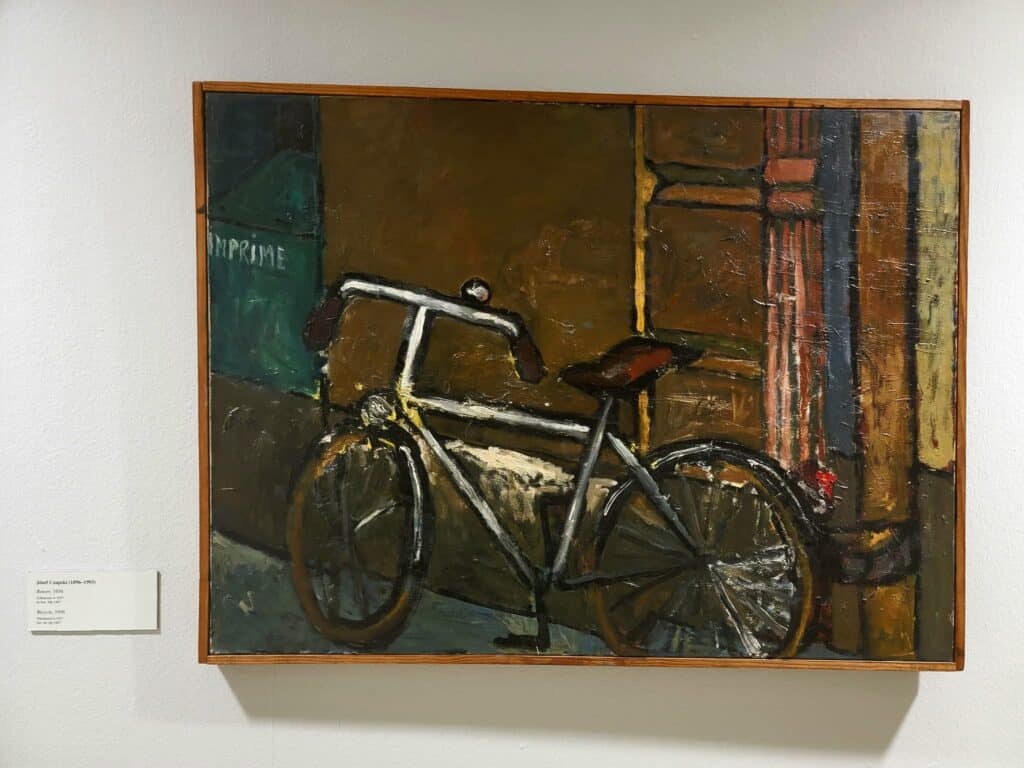
I will always be grateful for that chance encounter which made me “understand the soul of Poland” more than even the National Museum in Poznan could.
This amazing museum held many surprises.
A Stolen Monet!
There was even a Monet with quite a story. A man stole the painting in 2000 by cutting it out of its frame and replacing it with a copy painted on cardboard. It took 10 years to finally recover it! The thief, 41 at the time of his arrest, left fingerprints that ultimately helped to identify him. He confessed to the crime, and apparently had just wanted the painting for himself. I mean, we’d all love a Monet, but few go that far!
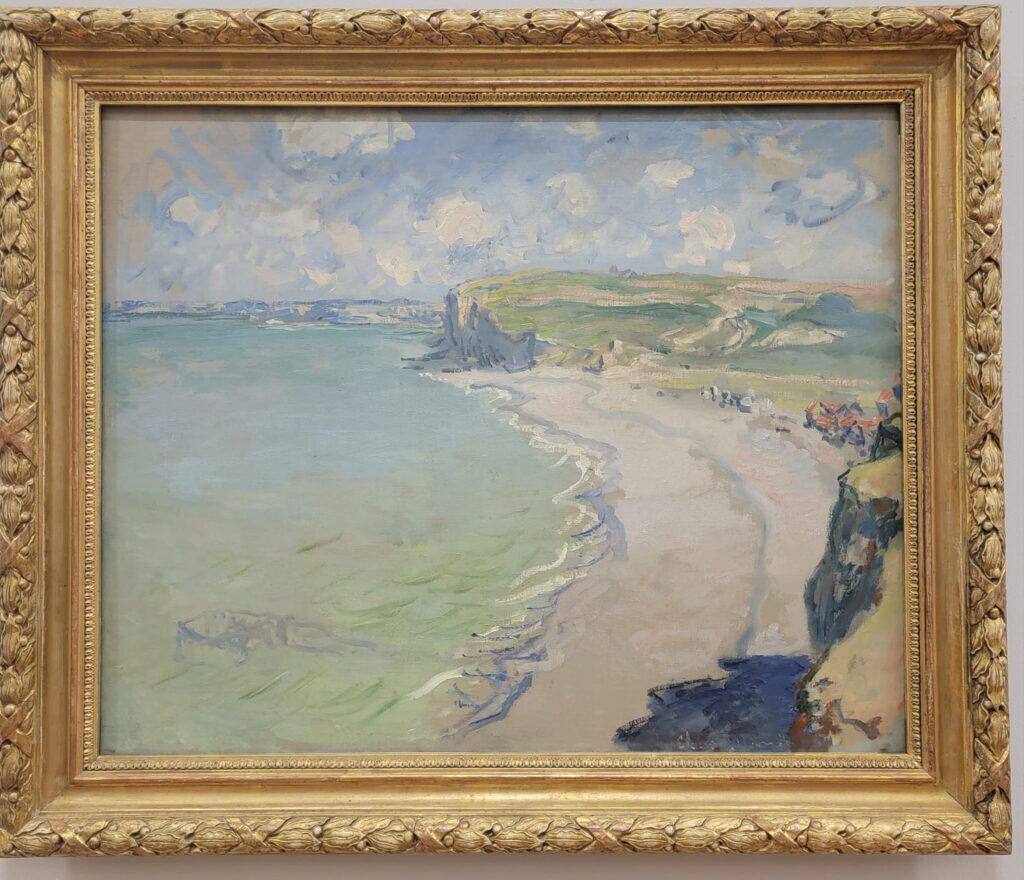
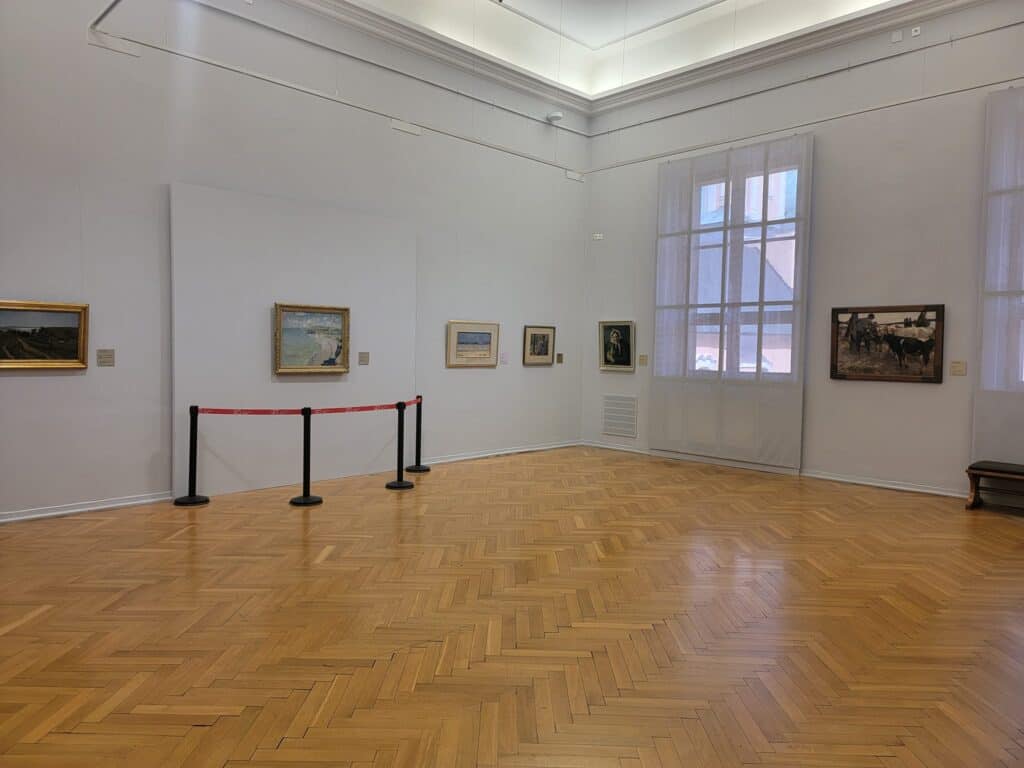
Other European Art
Not only did the art in the Polish galleries blow me away, so did the impressive collection from across Europe.
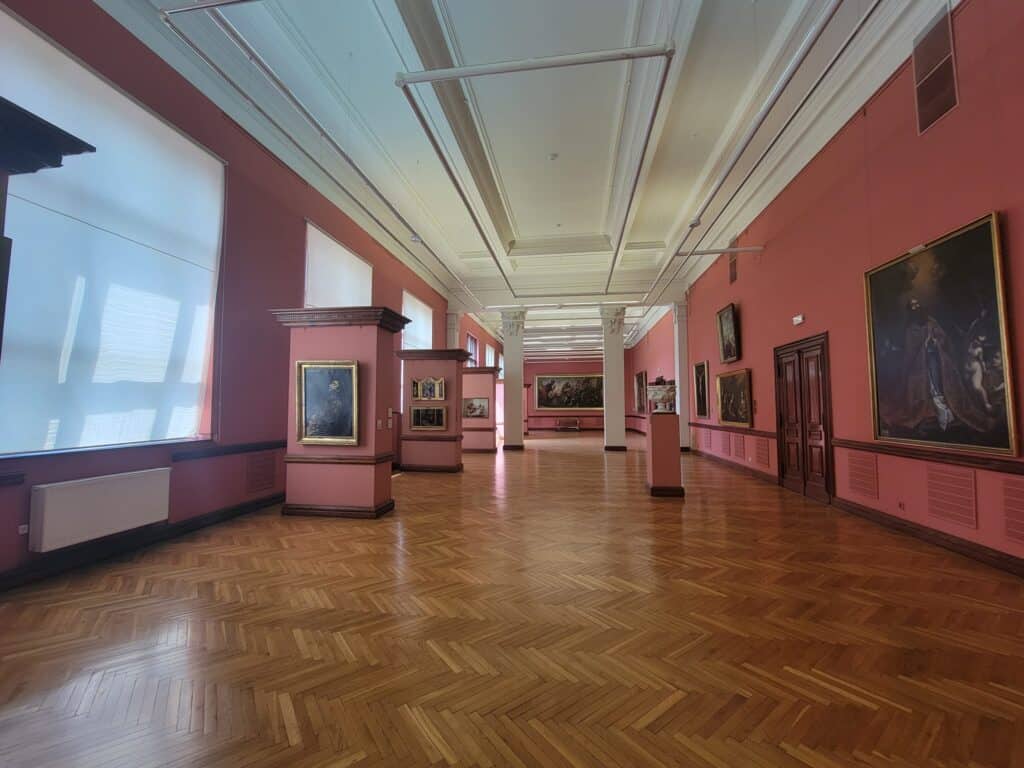
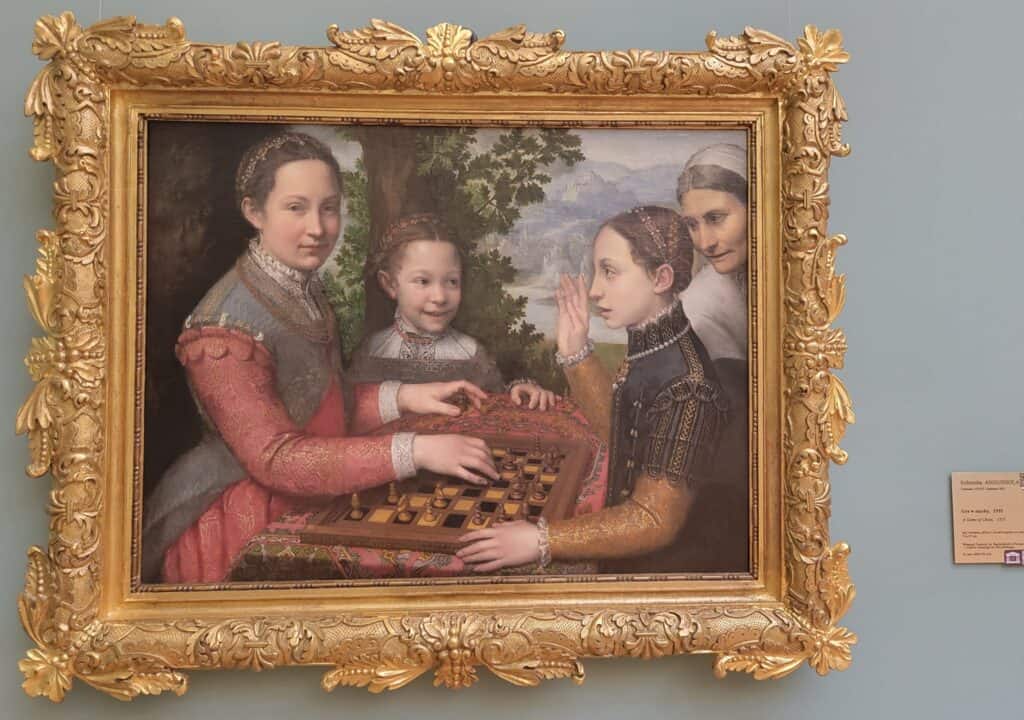
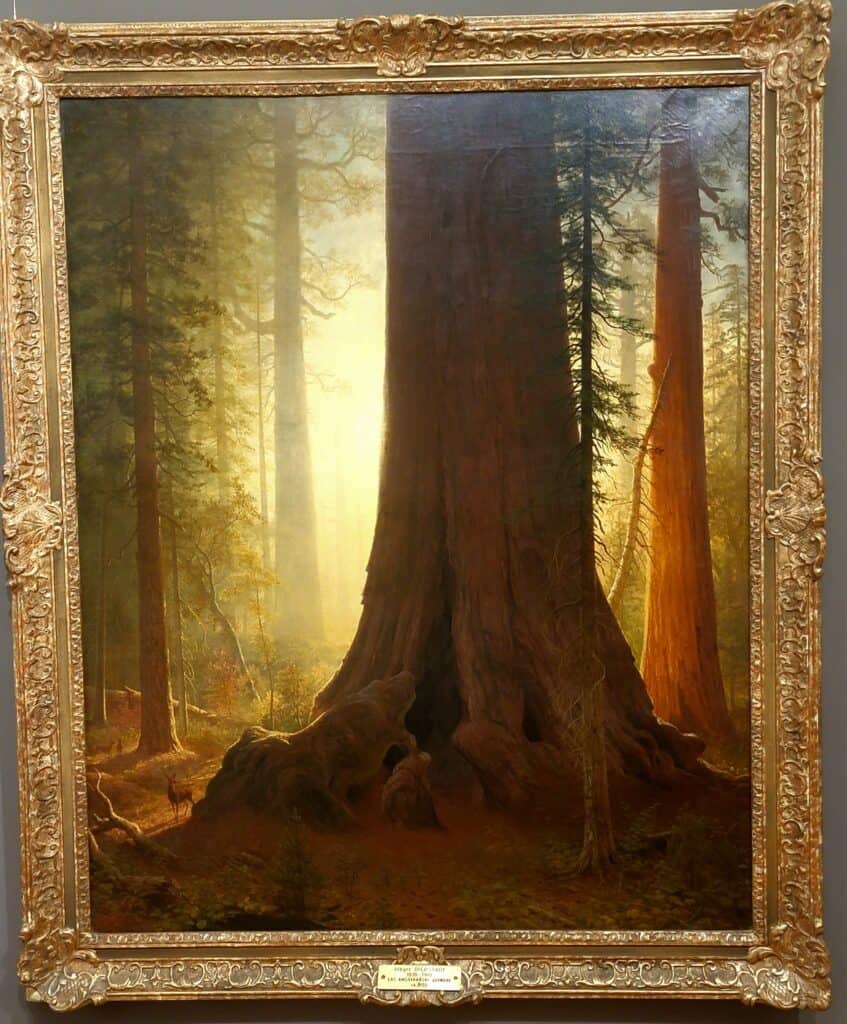
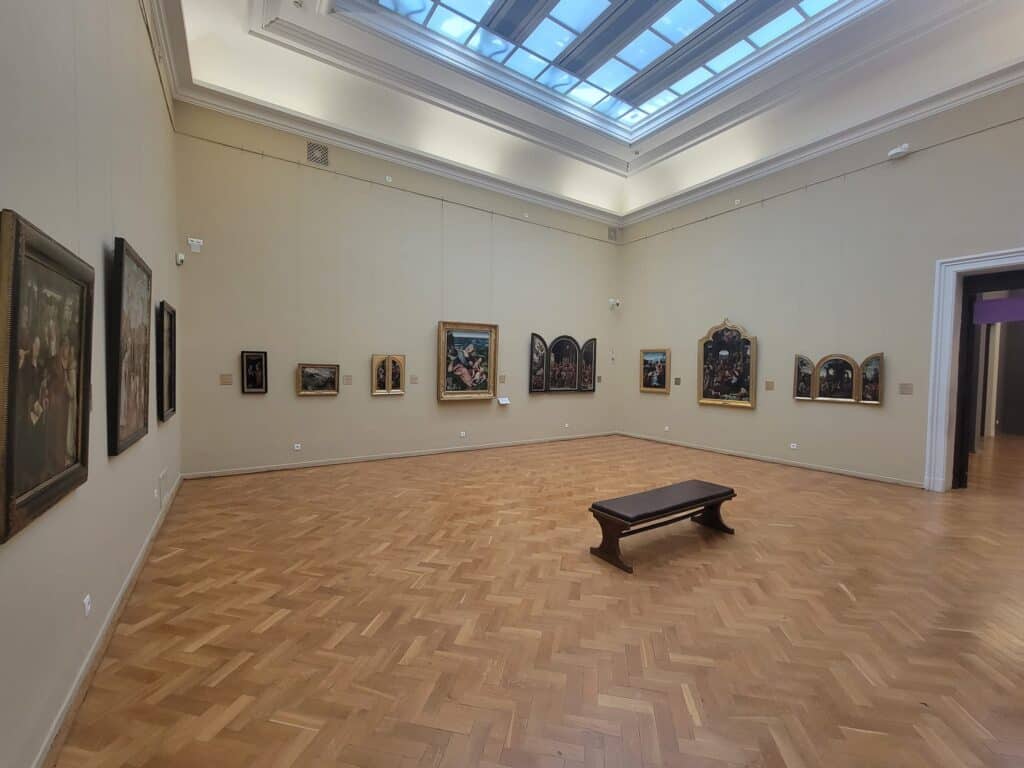
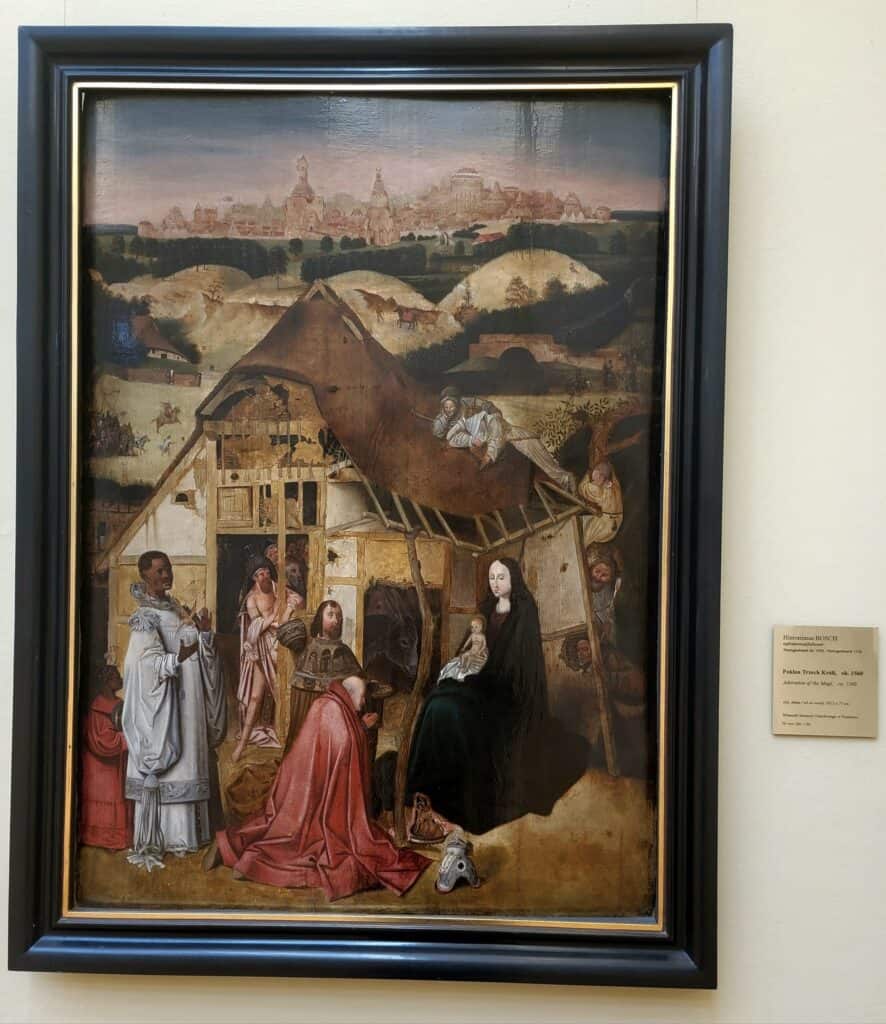
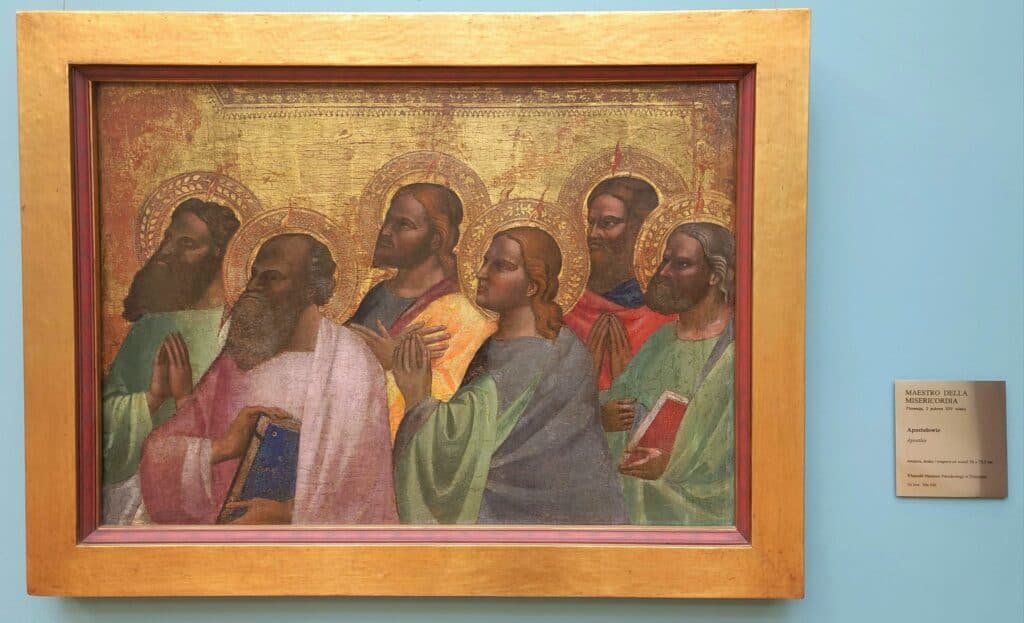
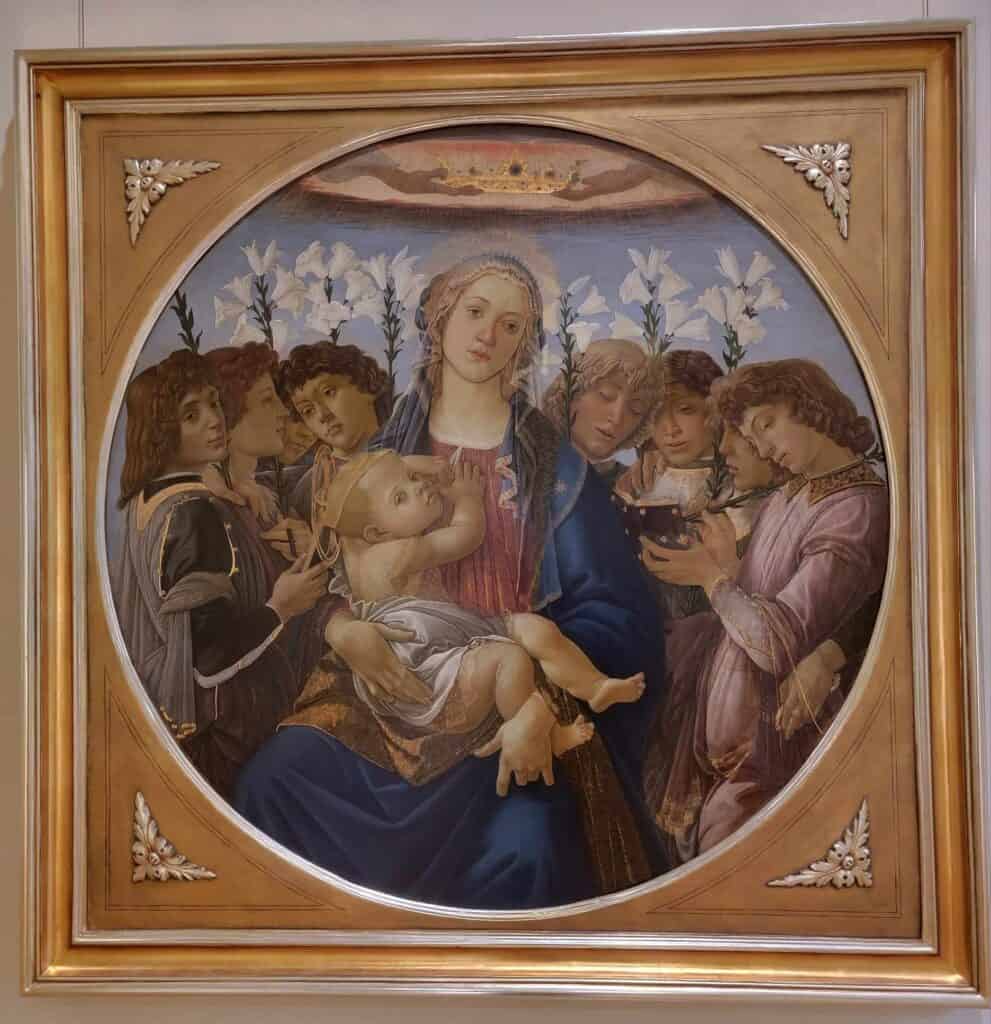
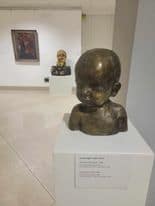
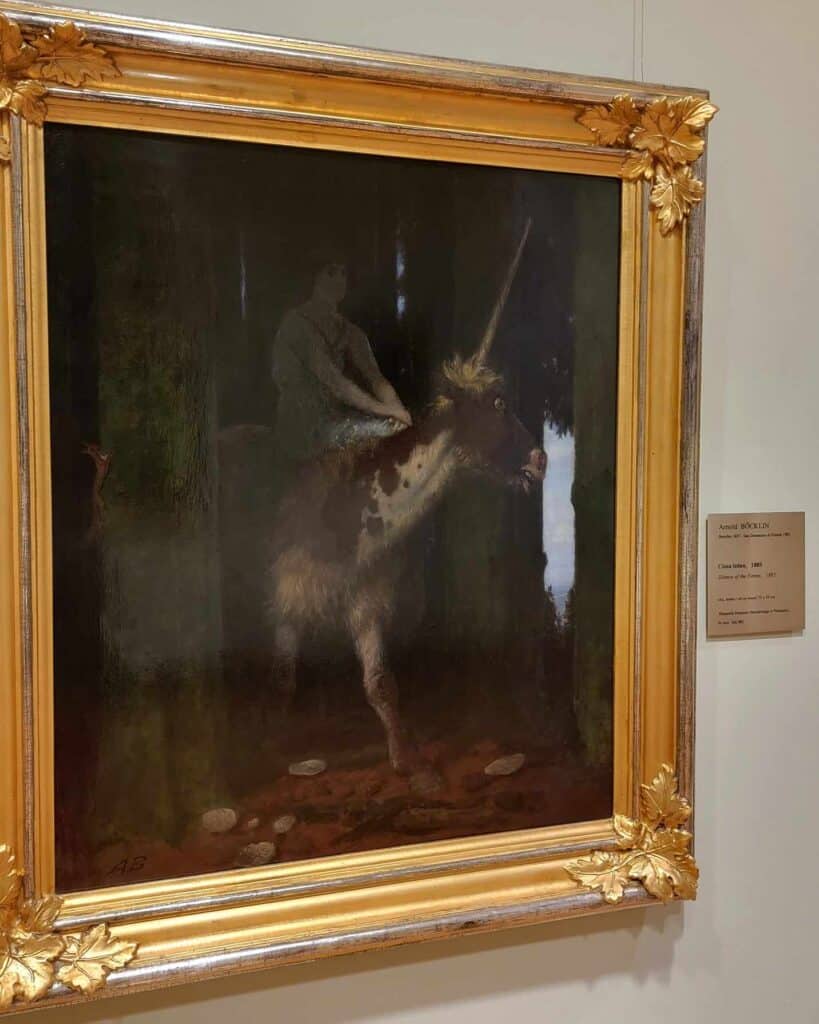
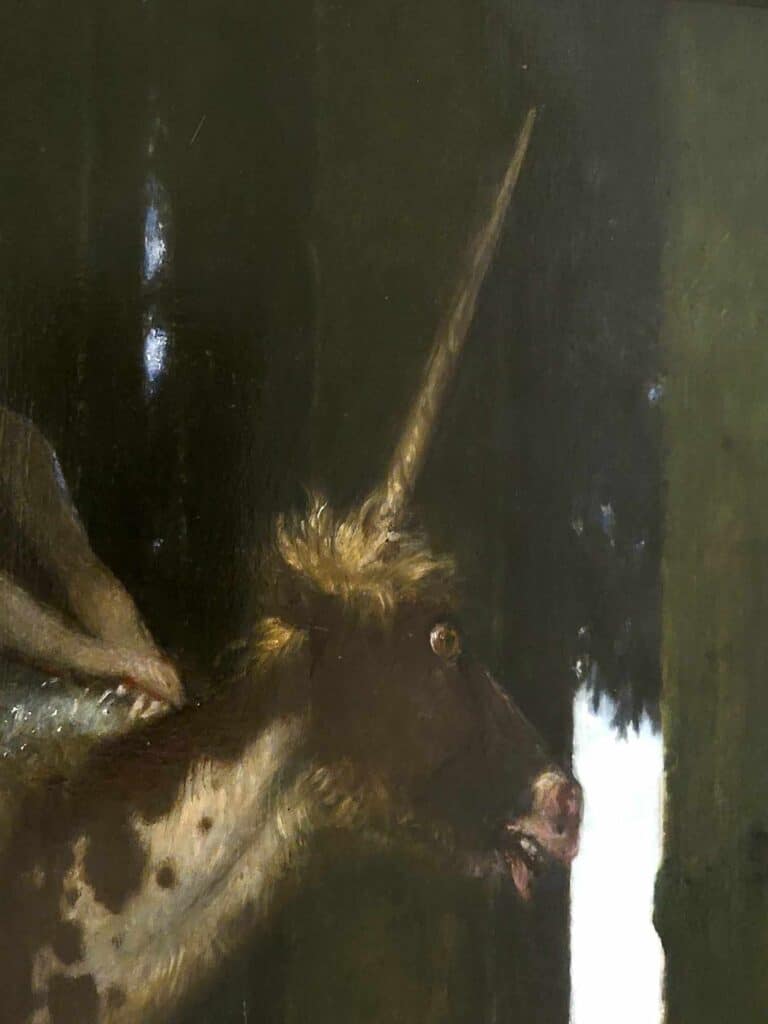
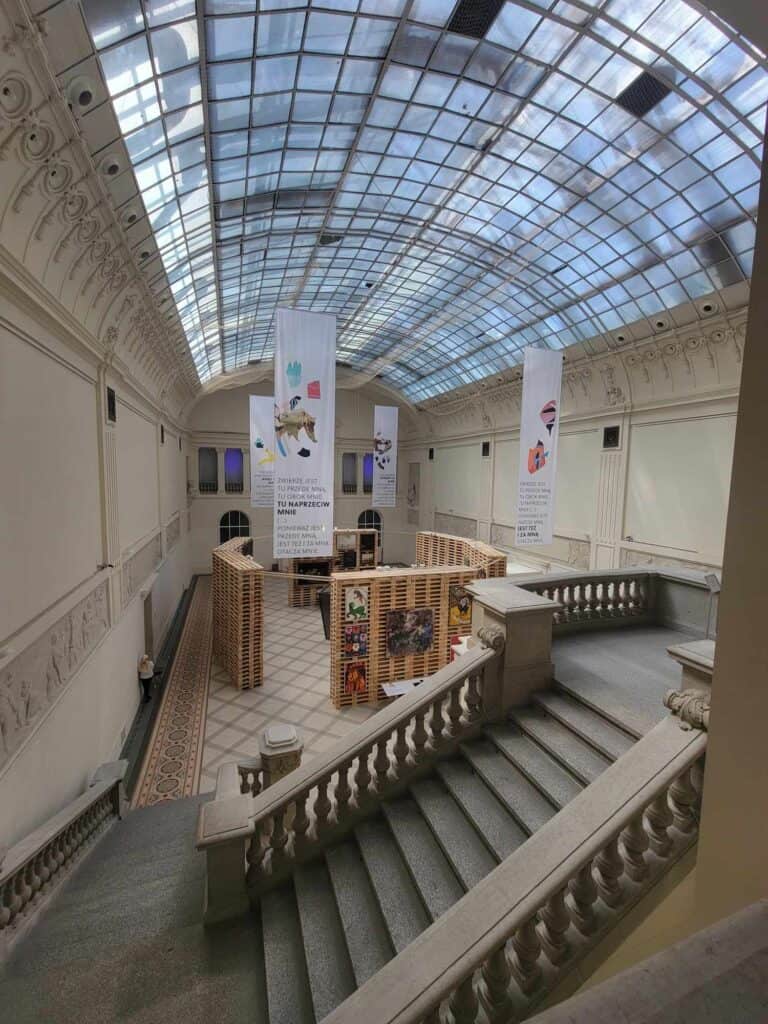
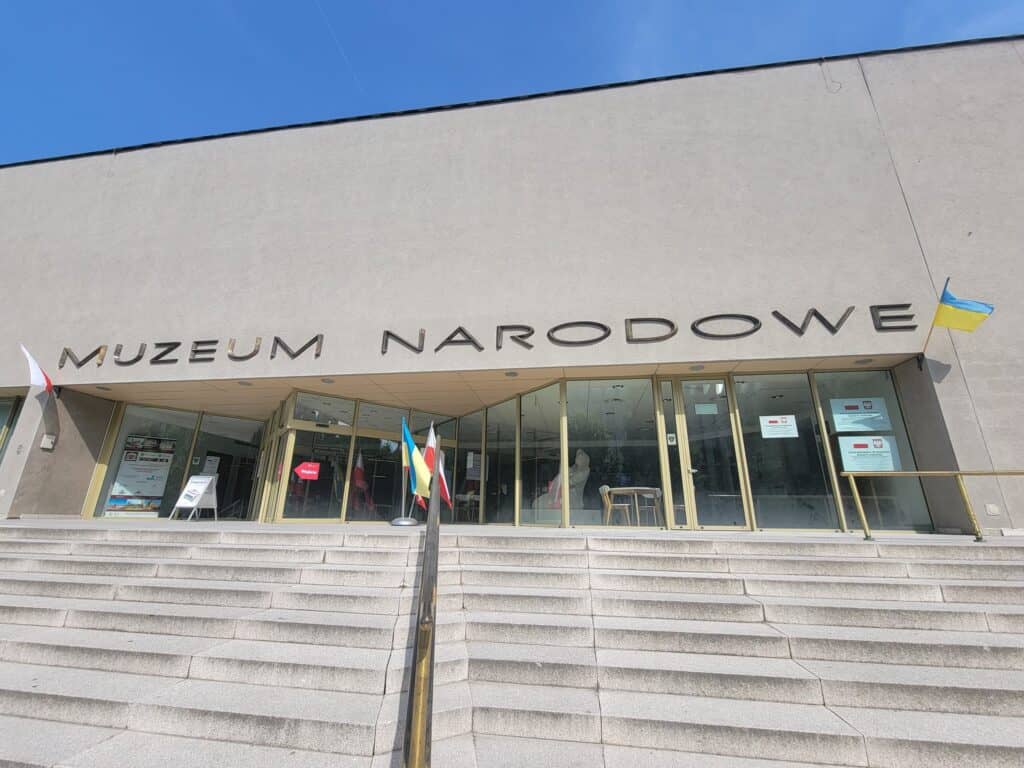
The National Museum in Poznan blends local, regional, and European art from many ages. The experience definitely merits a few hours of your time to discover the soul of Poland and so much more!
Sponsored content: this section contains affiliate links
For more great Poznań content, check out these posts:
- Is Poznan Worth Visiting? Poland’s Historical Capital is a Hidden Gem!
- 20 Amazing Things to See in Poznań, Poland!
- Is Poznan Safe? Ultimate ‘What to Know Before You Go’
- The Imperial Castle in Poznan: 3rd Reich HQ Turned Vibrant Cultural Center
- The Poznan Palm House – A Lush Green Oasis, With Cake!
- Explore Citadel Park Poznan – Surprising History and Art at Every Turn
- Best Dog-Friendly Hotel in Poznan Poland – Sheraton Poznan
- The Hilarious Must-See Goat Clock in Poznan, Poland
- 10 Unforgettable Poznan Restaurants You Have to Try!
- Poznan Christmas Markets – Celebrating Poland’s Best Kept Secret
Check out this link for current weather conditions in Poznan
To receive notifications when new content appears on The Adventure Lion, sign up below and join the pride!
